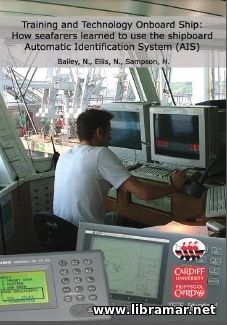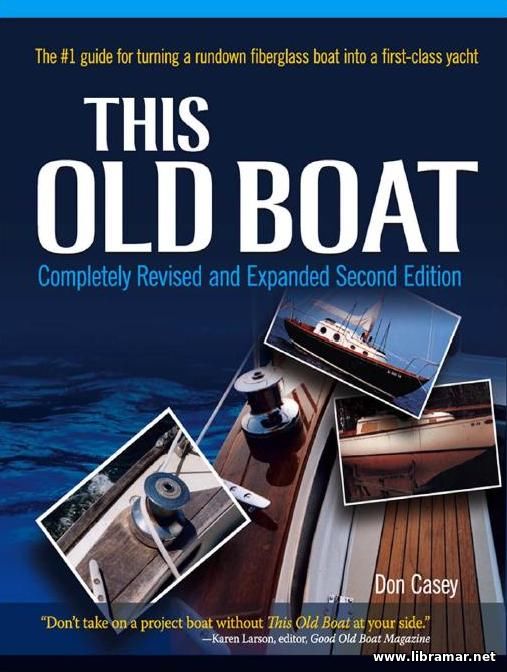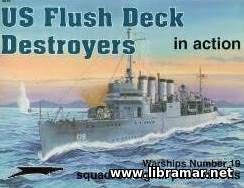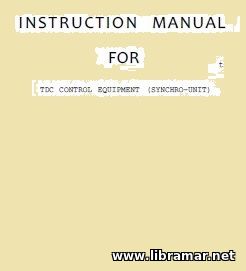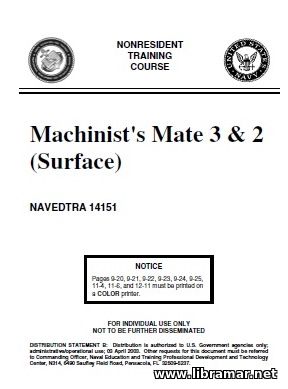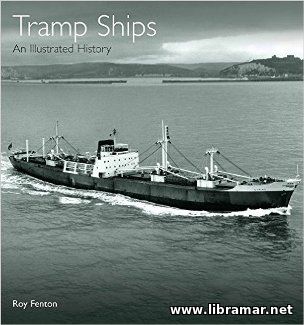
This publication was prepared by Roy Fenton, who is the well-known author of more than twenty books on shipping history. Throughout the history, the tramps ships were always called the taxi of the seas. They had no regular schedules and voyaged everywhere and anywhere, picking up and dropping off various cargoes, mainly bulk cargoes like timber, grain, coal, oil and others.
In this book the author did his best to describe the evolution of the tramp ships over the course of more than hundred years. The preset introductory publication is expected to provide the readers with the close look at the design and construction of the tramp vessels together with the description of their machinery installations, also covering the operation and management of the subject vessels as well as the life and work of the officers and crew members.
The main body of the book consists of the three hundred wonderful photographs of the individual vessels that are vividly illustrating the whole process of development of the tramp and maritime trade in the end-XIX century, both World Wars and post-war times. Each of the captions provides the ship dimensions, shipyards and owners, as well as valuable notes. The design features of the ships have been highlighted to make this book a classic one, inspiring all historians and enthusiasts of the merchant shipping.
